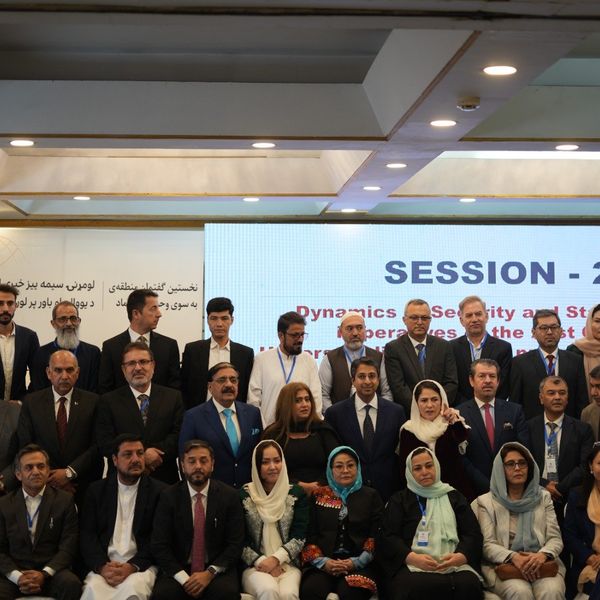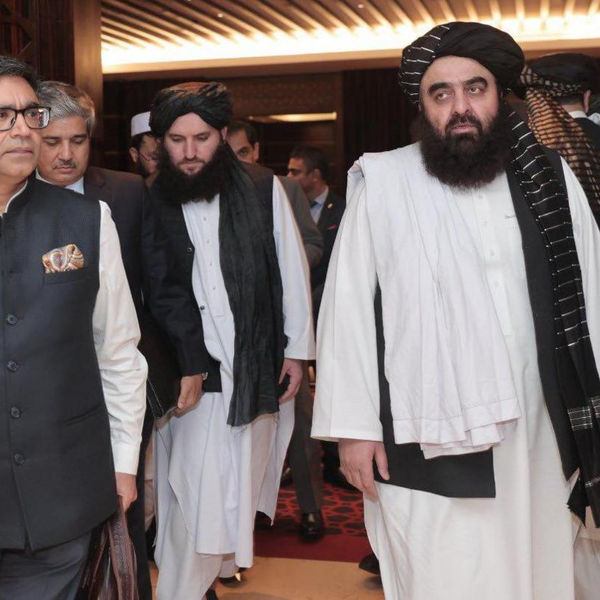Pakistan launches contributory pension scheme for new Civil servants to curb fiscal pressures
The scheme covers civil servants from July 1, 2024, and may extend to armed forces from July 1, 2025

Haris Zamir
Business Editor
Experience of almost 33 years where started the journey of financial journalism from Business Recorder in 1992. From 2006 onwards attached with Television Media worked at Sun Tv, Dawn Tv, Geo Tv and Dunya Tv. During the period also worked as a stringer for Bloomberg for seven years and Dow Jones for five years. Also wrote articles for several highly acclaimed periodicals like the Newsline, Pakistan Gulf Economist and Money Matters (The News publications)

An employee counts Pakistani rupee notes at a bank in Pakistan.
Reuters/File
The federal government has formally notified the launch of a contributory pension scheme for newly appointed civil servants, a key structural reform aimed at reducing Pakistan’s growing pension burden and meeting International Monetary Fund (IMF) benchmarks.
According to the Ministry of Finance, the Federal Government Defined Contribution (FGDC) Pension Fund Scheme was introduced under the Public Finance Management Act 2019, in consultation with international lenders, particularly the World Bank.
The scheme will apply to all civil employees appointed on or after July 1, 2024, including civilian defense staff. It is expected to extend to armed forces personnel appointed from July 1, 2025, although implementation for military employees remains pending.
Key features of the pension scheme
- Employees will contribute 10% of their pensionable salary, while the government will contribute 12%, bringing the total monthly contribution to 22%.
- The government has allocated PKR 10 billion for FY2024–25 and PKR 4.3 billion for FY2025–26.
- Contributions will be managed by authorized Pension Fund Managers through a new non-banking finance company (NBFC) to be established by the Ministry of Finance.
- Contributions will be reflected on employee salary slips, including total accumulated balances.
- Withdrawals before retirement are not permitted. Upon retirement, employees may withdraw up to 25% of their pension fund balance, while the remaining amount must stay invested under the Voluntary Pension System Rules 2002 for a minimum of 20 years or until age 80, whichever is earlier.
- The Accountant General’s office will oversee contribution tracking, verification, and fund transfers.
Reform driven by rising fiscal pressures
The government has described the reform as a necessary response to Pakistan’s rising pension liabilities, which pose a significant fiscal risk. The scheme does not apply to current employees but is intended to slow the long-term growth of pension expenditures.
- Federal pension spending is projected to rise to PKR 1.055 trillion in FY2024–25, up from PKR 821 billion in FY2023–24 — a 29% increase in two years.
- Armed forces pension liabilities are projected to reach PKR 742 billion by FY2025–26, up from PKR 563 billion in FY2023–24 — a 32% increase.
- Civilian pensions are budgeted at PKR 243 billion, reflecting a 6.6% increase, partially due to anticipated savings from the new scheme.
Administrative safeguards
The Ministry of Finance has introduced several measures to ensure accountability and transparency:
- The Accountant General’s office will verify pension account details before salary disbursement and manage employer contributions.
- Agreements with Pension Fund Managers will mandate electronic fund transfers, detailed reporting, and insurance coverage for death and disability.
- Until the new NBFC is formally established, the Ministry of Finance will temporarily fulfill its role.
In cases of resignation, termination, dismissal, or voluntary retirement, entitlements will be governed by government-issued rules.
Policy shift and analyst perspective
The scheme marks a departure from Pakistan’s traditional defined benefit system, introducing a defined contribution model intended to enhance fiscal sustainability while ensuring retirement security for future public employees.
“This reform is a long-overdue step to bring fiscal discipline to pension management,” said an economist. “The shift to a funded, contributory model aligns with global best practices — but it will require strong governance and public trust in the new system.”










Comments
See what people are discussing